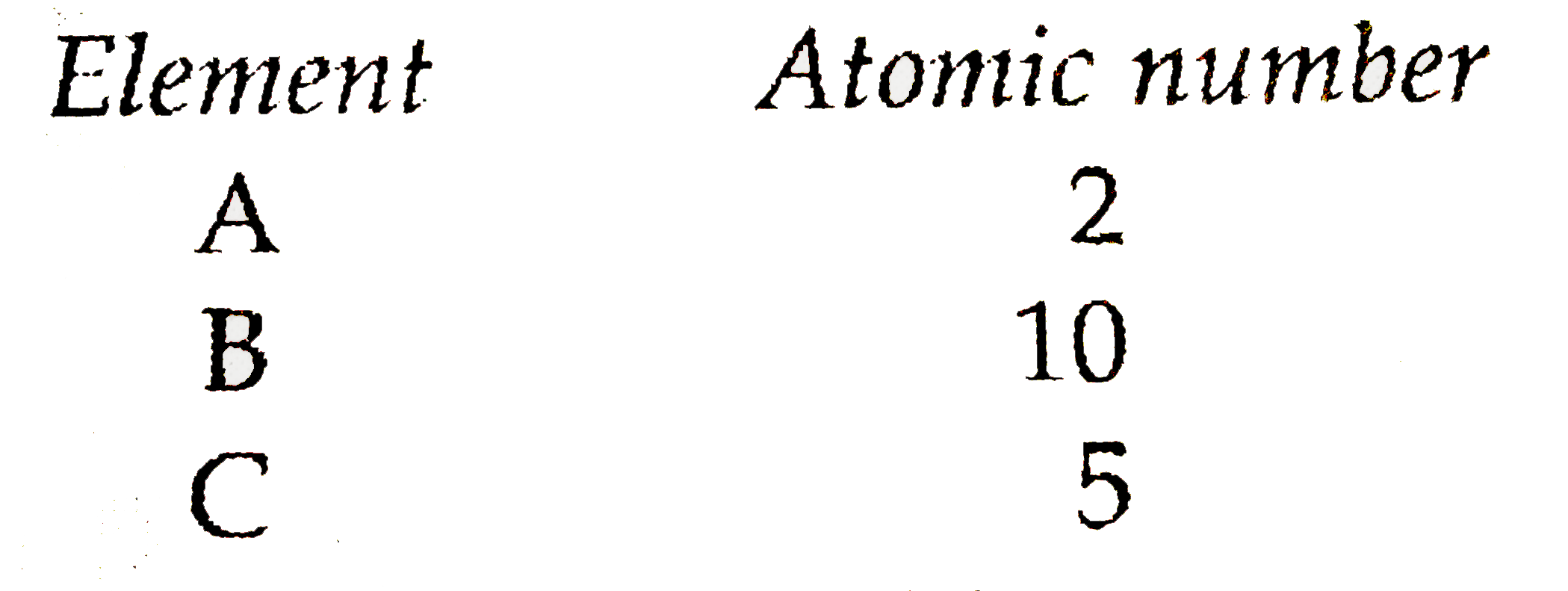Which of the following belongs to +I group ?
−OH
−OCH3
−COOH
−CH3
The correct Answer is:D
To determine which of the following groups belongs to the +I (positive inductive) group, we need to understand the concept of inductive effects in organic chemistry.
1. Understand Inductive Effects: Inductive effects are the permanent effects that occur due to the electronegativity difference between atoms in a molecule. There are two types: +I (electron-donating) and -I (electron-withdrawing).
2. Identify +I Effect: The +I effect is exhibited by groups that donate electrons to the rest of the molecule. These groups are typically less electronegative than carbon or have no electronegativity difference that would cause electron withdrawal.
3. Identify -I Effect: The -I effect is exhibited by groups that withdraw electrons from the rest of the molecule. These groups are usually highly electronegative atoms or groups (like F, Cl, Br, NO2, etc.) that pull electron density away from the carbon atom.
4. Analyze the Given Groups:
- Hydroxyl Group (OH): This group is electronegative and pulls electron density towards itself, thus exhibiting -I effect.
- Methoxy Group (OCH3): Similar to OH, the oxygen is electronegative and withdraws electron density, thus exhibiting -I effect.
- Carboxyl Group (COOH): The carbon in this group is bonded to an electronegative oxygen, which pulls electron density, thus exhibiting -I effect.
- Methyl Group (CH3): This group does not have a highly electronegative atom and can donate electron density to the carbon atom, thus exhibiting +I effect.
5. Conclusion: Among the groups analyzed, the methyl group (CH3) is the only one that belongs to the +I group as it donates electrons.
Final Answer:
The group that belongs to the +I group is the Methyl Group (CH3).
- Hydroxyl Group (OH): This group is electronegative and pulls electron density towards itself, thus exhibiting -I effect.
- Methoxy Group (OCH3): Similar to OH, the oxygen is electronegative and withdraws electron density, thus exhibiting -I effect.
- Carboxyl Group (COOH): The carbon in this group is bonded to an electronegative oxygen, which pulls electron density, thus exhibiting -I effect.
- Methyl Group (CH3): This group does not have a highly electronegative atom and can donate electron density to the carbon atom, thus exhibiting +I effect.
The group that belongs to the +I group is the Methyl Group (CH3).
Topper's Solved these Questions
- BOOK - HIMANSHU PANDEYCHAPTER - GENERAL ORGANIC CHEMISTRYEXERCISE - Level 1 (Q.26 To Q.49)24videos
GENERAL ORGANIC CHEMISTRY
- BOOK - HIMANSHU PANDEYCHAPTER - GENERAL ORGANIC CHEMISTRYEXERCISE - Level 2 (Q.1 To Q.25)25videos
GENERAL ORGANIC CHEMISTRY
- BOOK - HIMANSHU PANDEYCHAPTER - CHEMISTRY IN DAILY LIFEEXERCISE - Integer Answer Type Problems7videos
CHEMISTRY IN DAILY LIFE
- BOOK - HIMANSHU PANDEYCHAPTER - HALIDESEXERCISE - Subjective Type Problems10videos
HALIDES
Similar Questions
Knowledge Check
- Question 1 - Select One
Which one of the following belongs to -I group ?
A−C6H5B−CH2CH2CH3C−C2H5D(CH3)2CH− - Question 2 - Select One
Which of the following belongs to group '8
ANi, Pd, PtBF, CI, BrCFe, Ru, OsDXe, Ar, Kr - Question 3 - Select One
Which of the following belongs to the separate group?
AMangoBTamarindCCoconutDNeem
Which of the following belongs to the separate group?
View SolutionWhich of the following belongs to the separate group?
View SolutionWhich of the following group belongs to Deuterostome ?
View SolutionWhich one of the following belongs to representative group of elements in the periodic table?
View SolutionWhich one of the following belongs to representative group of elements in the periodic table?
View Solution



